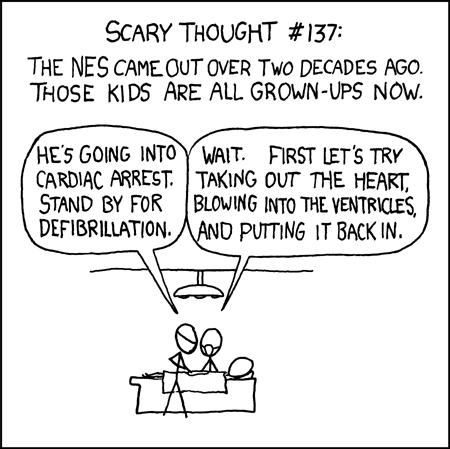Sorry for the clichéd title, I couldn’t help it. Here in Baltimore, there’s a “bike project” called Velocipede. There are two main aspects to this project.
- The Co-op
- The “Bike Shop”
The co-op part is that they have a full complement of bicycle maintenance tools, which you can use to repair your bike. There are also a lot of spare parts. By paying a monthly fee, or working 3 volunteer hours for the “bike shop” side, you get access to the tools. If you work additional volunteer hours, you can “buy” spare parts with those hours.
The bike shop part is that donated bicycles are fixed up and sold for cheap or given away. The fixing up is done by the co-op members.
This is a really great thing for me. Since getting rid of my car, my primary mode of transportation is my bike. In warmer months, I also have the racing bike to ride for training/recreation. Bike maintenance is great, because it’s something that you can really do for yourself, if you take the time to learn. I can learn by volunteering at Velocipede, working on cheap / crappy / donated bicycles with plenty of spare parts available. I also get access to the bike tools for my own use.
And finally, the reason for the title.
Bike maintenance, like a lot of manual labor, is really helpful to me for “centering” — getting myself mentally to a calm place, where I’m focused on the task at hand, and all of the busy chatter of my mind goes away. In fact, the “self” kind of goes away, and there’s only the task. Athletes call this “flow” or “the zone”.
I went to Velocipede the Sunday before last to sign up, and worked my minimum 3 hours for January. I took a donated wal-martish bike with a broken shift lever and sticky bottom bracket (the thing in which the pedals rotate), and got it ready to be given away. This involved:
- Removal of the shifter cables and shifters because the shifters were broken and we wanted to make it a single-speed.
- Fixation of the dérailleurs since we were making it single-speed. I found the right positions in the front and back, and screwed the set-screws all of the way down.
- Rebuilding the bottom bracket because the pedal cranking felt really “gummy”. For this I took off the pedals, disassembled the bottom bracket, took out the crank, wiped down and degreased everything, and then put it all back together. Then, I realized I put the bearing races in backward, so the pedals wouldn’t turn. I took it all back apart again, flipped them, and put it back together. Nice, smooth pedal motion.
- Replacement of the brake pads because they were in pretty bad shape. Worn almost all of the way down. I also had to adjust the brake cables. I found that if I loosened the cable at the brake, squeezed the brakes with my hand until they were in contact with the rim, and then screwed the cable back down, when I let go the brakes had just the right clearance.
I only really need to learn a few more key things, such as wheel trueing, headset maintenance, and proper dérailleur adjustment. The rest is just tightening and loosening screws, basically.
I’m currently planning to go again this Sunday, provided that the superbowl doesn’t start too early.
